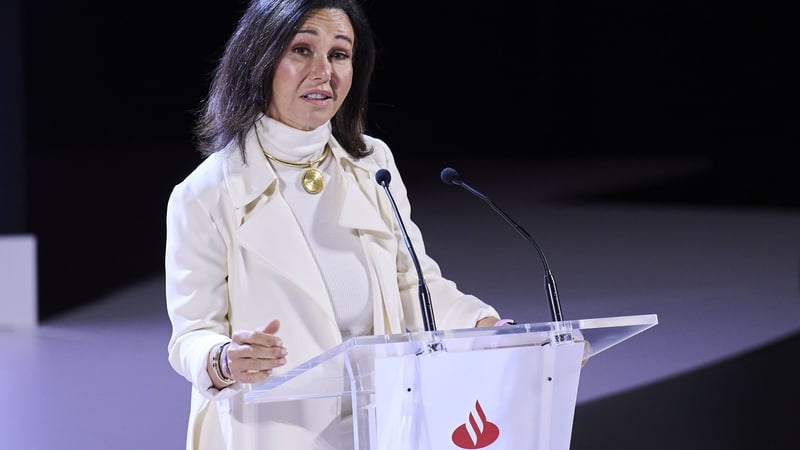Santander said today it expects to return €10 billion to investors through share buybacks from 2025 and 2026 earnings and anticipated excess capital.
With the Spanish lender also reporting record quarterly and full-year profits, its shares were up more than 7% in early trade today.
The bank’s fourth-quarter net profit rose 11% year-on-year after a solid performance at its retail businesses in Spain and Brazil and higher revenues more than offset a decline in consumer lending, it said.
Santander, like other lenders, has benefited from higher interest rates, but growth in its key Latin American markets has given it an edge over more Europe-dependent rivals that have scaled back their presence in the Americas.
One of the euro zone’s three biggest banks by market value booked a record quarterly net profit of €3.27 billion, more than the €2.93 billion expected by analysts in a Reuters poll.
“Our track record shows that in a challenging market we outperform peers, and in 2025 we expect to grow our bottom line and profitability, with revenue stable and costs falling,” Santander Chair Ana Botin said in a statement.
The bank announced a record net profit of €12.57 billion for 2024, above the €12.2 billion expected by analysts, thanks to geographical diversification which also helped it increase revenues by 8% in the year.
Higher earnings helped lift its return-on-tangible-equity ratio, a measure of profitability, to 16.3% at year-end from 16.2% in the first nine months.
For 2025, it expected a ROTE of more than 17%, compared to a previous guidance for this year of between 15% and 17%.
Santander raised its core tier-1 capital ratio to 13% for 2025 after improving its solvency to 12.8% by the end of 2024 from 12.5% as of September.
Profit generated by the retail business, the main contributor to earnings of its five global units, rose 26% year-on-year in the quarter.
At its digital consumer bank, net profit fell 66% after provisions of £295m on possible costs related to a probe in the UK.
Net profit in the quarter at its corporate and investment banking unit more than doubled from a year earlier.




